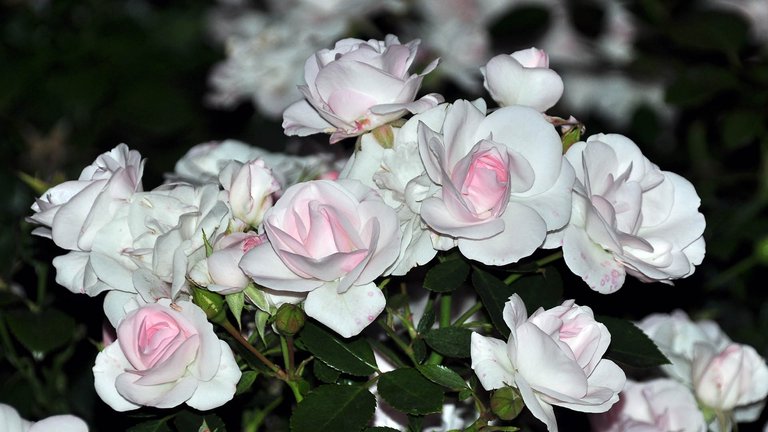A flower, also known as a bloom or blossom, is the reproductive structure found in flowering plants (plants of the division Magnoliophyta, also called angiosperms).
The biological function of a flower is to mediate the union of male sperm with female ovum in order to produce seeds. The process begins with pollination, is followed by fertilization, leading to the formation and dispersal of the seeds. For the higher plants, seeds are the next generation, and serve as the primary means by which individuals of a species are dispersed across the landscape. The grouping of flowers on a plant are called the inflorescence.

In addition to serving as the reproductive organs of flowering plants, flowers have long been admired and used by humans, mainly to beautify their environment but also as a source of food.
Each flower has a specific design which best encourages the transfer of its pollen. Cleistogamous flowers are self pollinated, after which, they may or may not open. Many Viola and some Salvia species are known to have these types of flowers.
Entomophilous flowers attract and use insects, bats, birds or other animals to transfer pollen from one flower to the next. Flowers commonly have glands called nectaries on their various parts that attract these animals. Some flowers have patterns, called nectar guides, that show pollinators where to look for nectar.
Sort: Trending